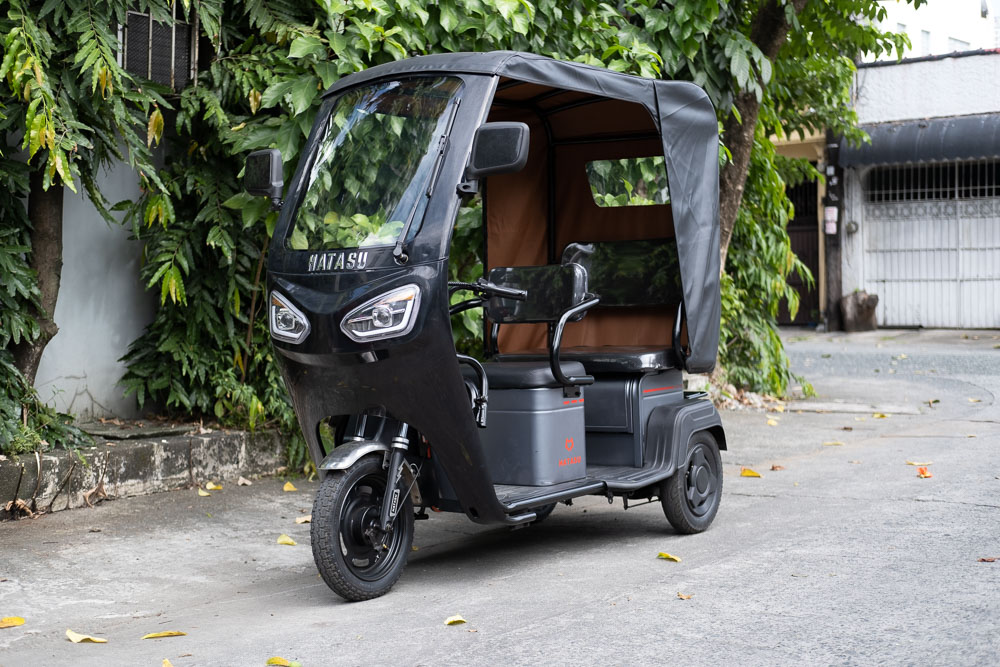
The Hatasu Hero is a multipurpose electric tricycle. And it seemed promising, supposedly being capable of moving people as well as hauling cargo—a hero for your everyday needs.
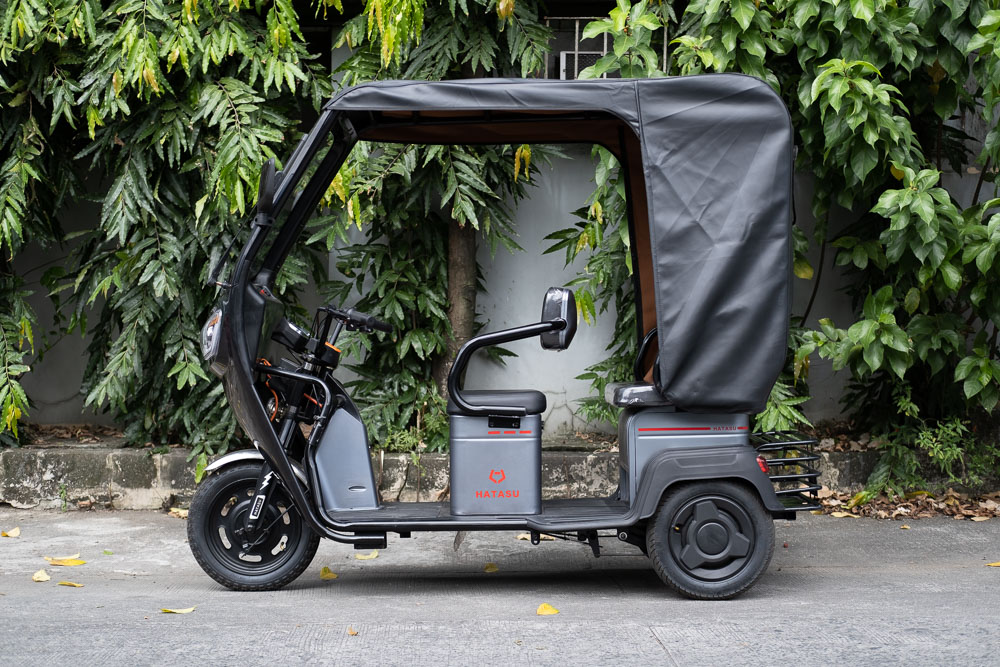
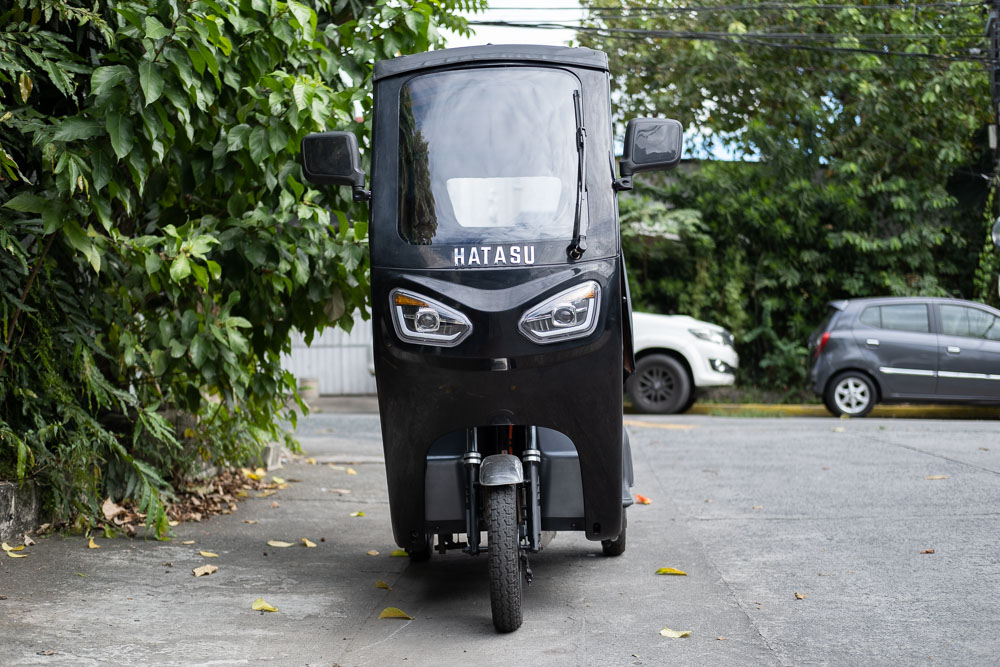
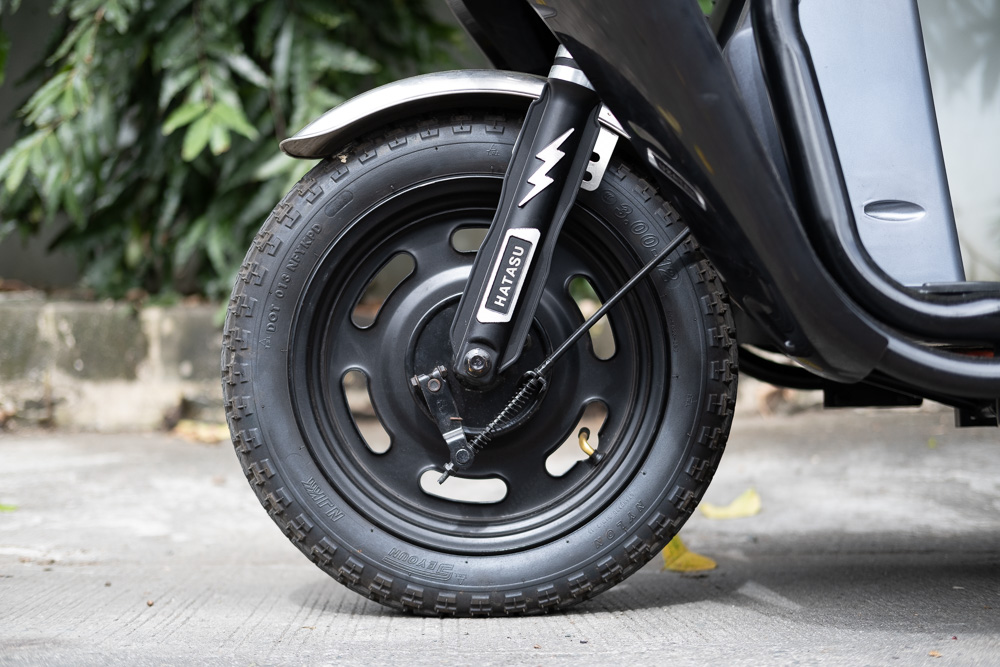
Powering the Hero is a 650W motor and a set of lead-acid batteries with a total capacity of 32Ah at 48V. The spec sheet says the top speed goes up to 25km/h. But in my experience, it can go as quickly as 30km/h on the fastest setting. Still, I don’t have any complaints as the e-trike was able to climb up the streets of Kapitolyo, even with an additional passenger.
The range is said to go as far as 70km, but that will heavily depend on real-world conditions, especially with its rated load capacity of up to 250kg. Up to three people can be seated—including the driver—and storage is plentiful with a spacious underseat compartment and a trunk at the rear.
To protect the occupants from the elements, the Hero has a glass windshield with a wiper, and a leather canopy. Meanwhile, the cockpit has switches for lights, an electric horn, turn signals, the drive mode (forward or reverse), and the speed setting. In addition to the throttle and the brake levers on the handlebars, there is also a brake pedal on the floorboard.
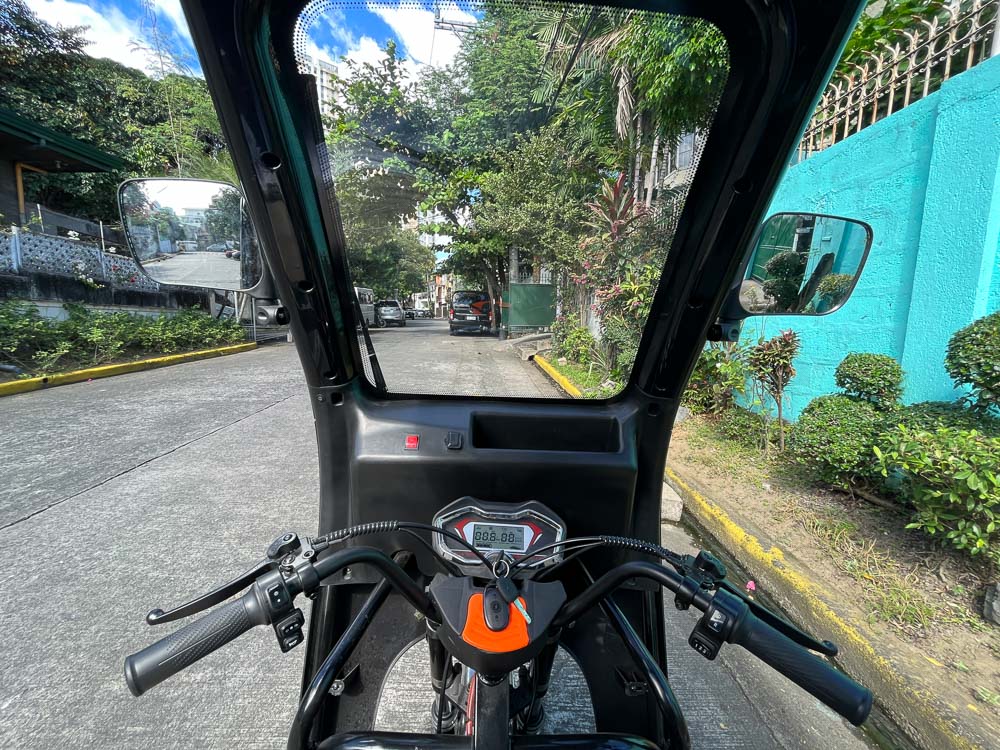
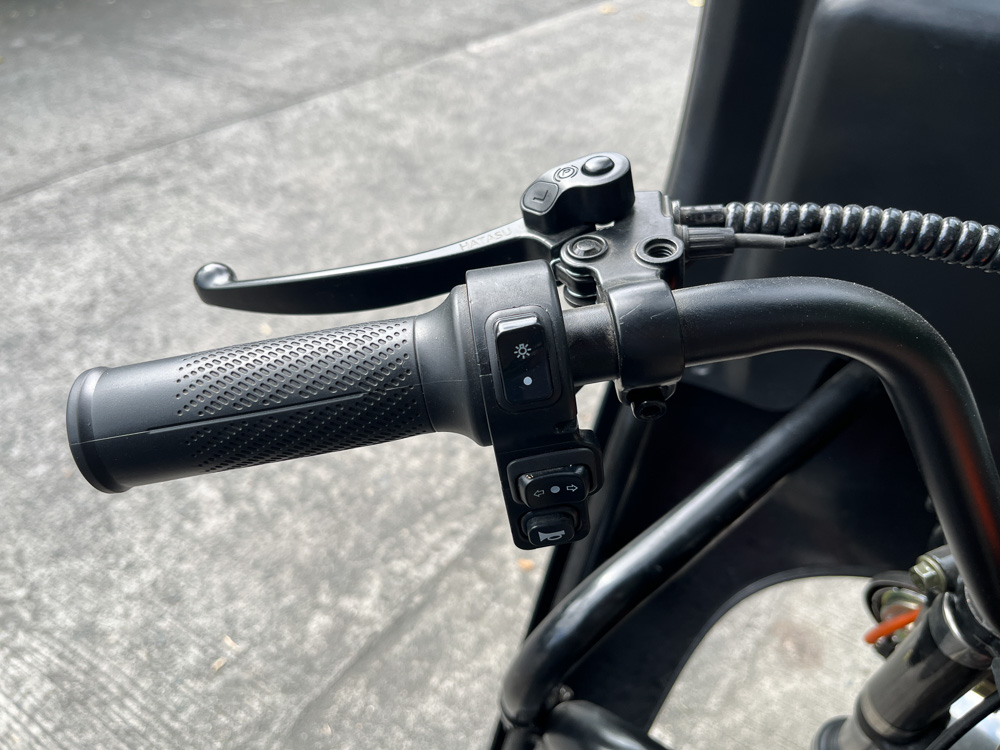
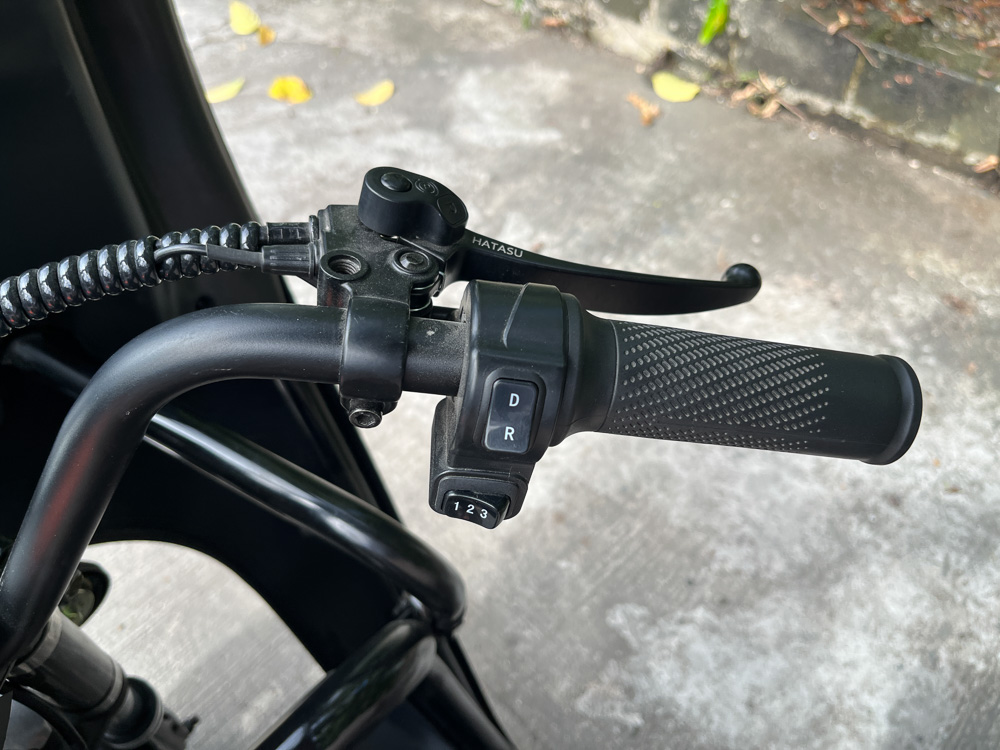
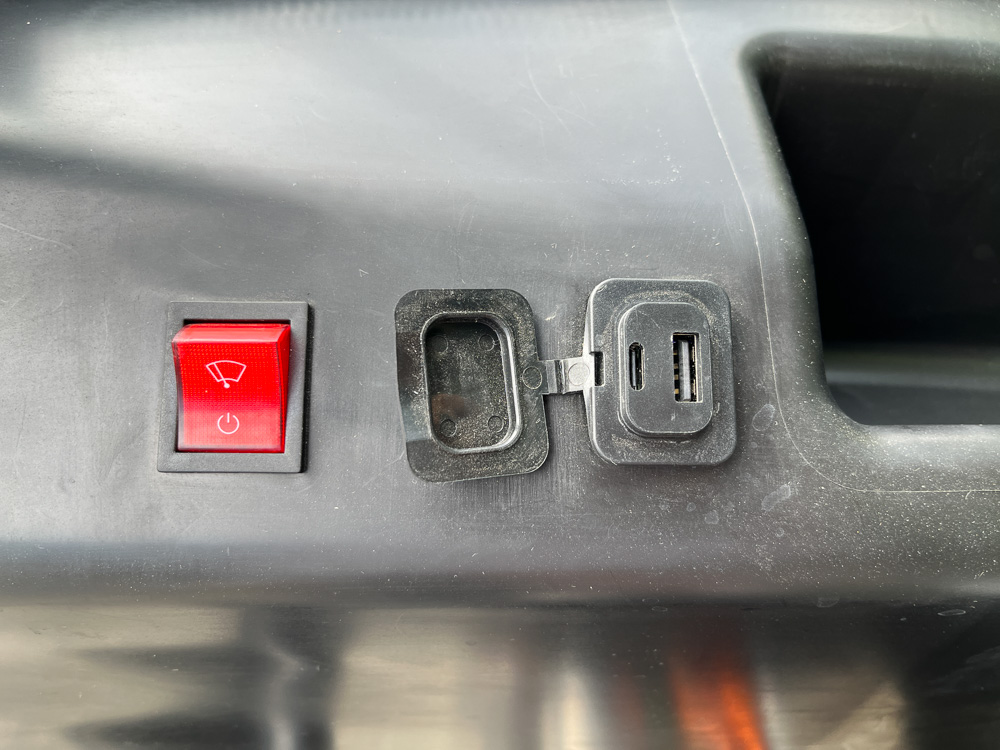
While the Hero may be feature-packed, is it actually rideable? Compared to the Haru three-wheeler, the Hero is more stable around the corners. However, go over a hump diagonally and you risk tipping over the vehicle—clumsily being swung from side to side like a mad pendulum.
If that isn’t already a deal-breaker, the cable-actuated drum brakes are too weak. While they could work with other Hatasu models, they are no match for the weight of the Hero. Stopping on a dime is impossible, and if you try parking the vehicle on an inclined surface, it will roll down even with the brakes locked in.
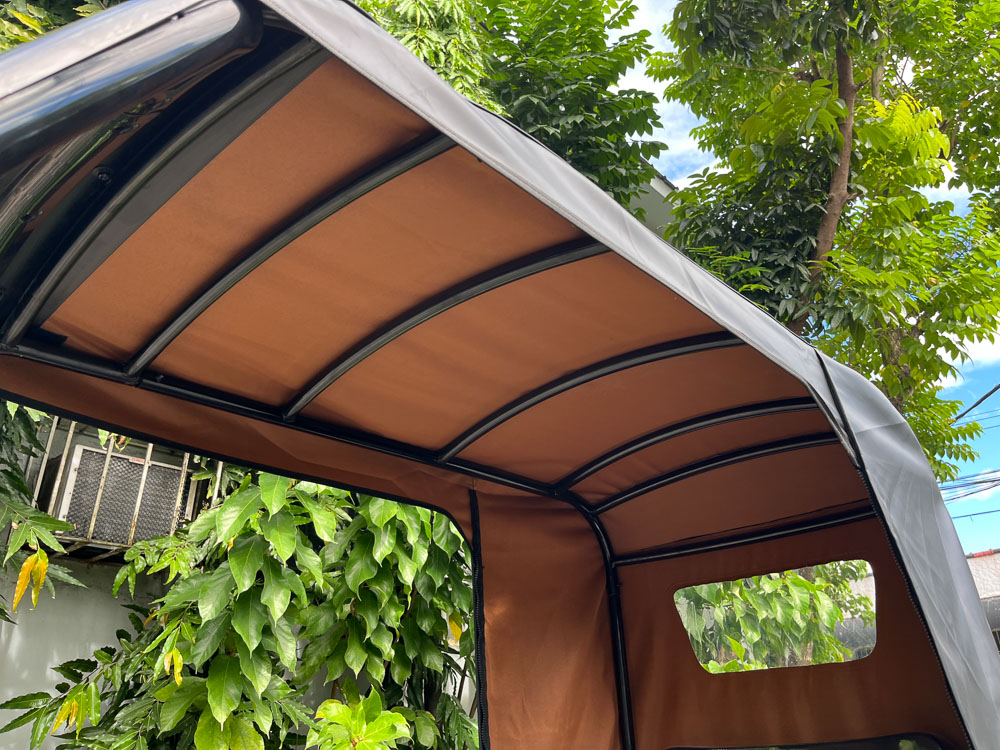
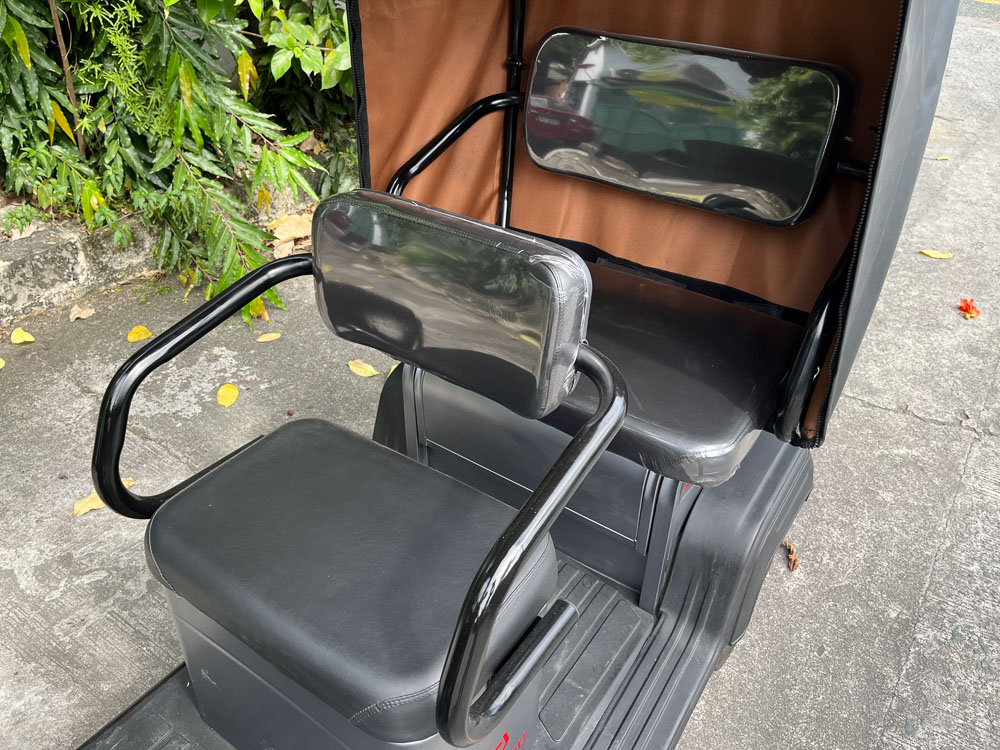
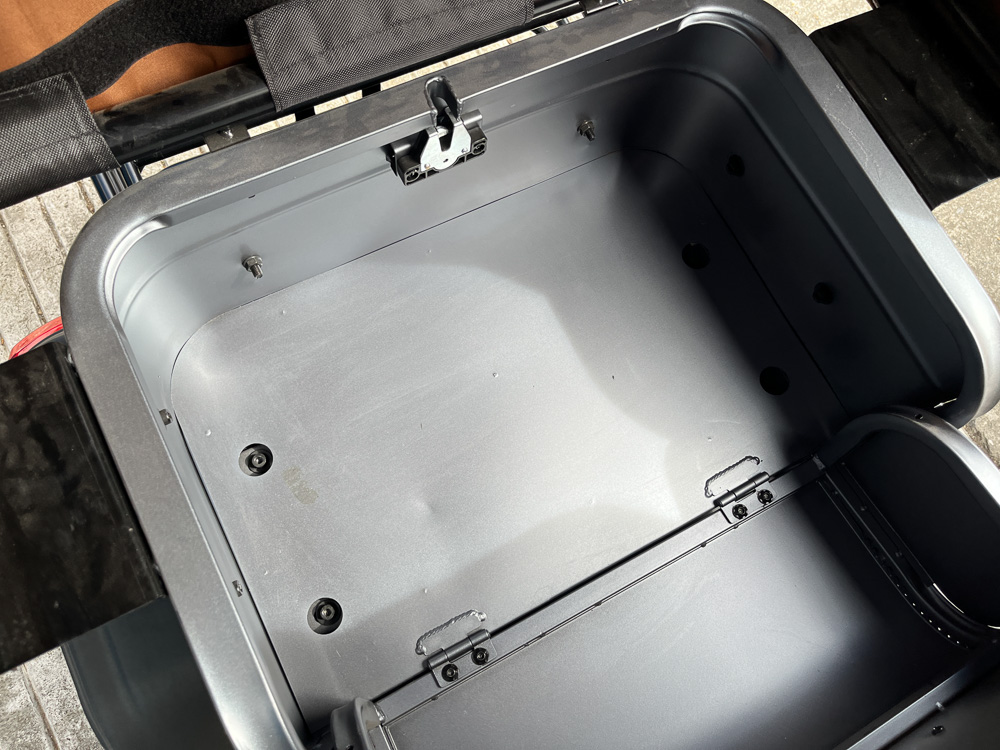
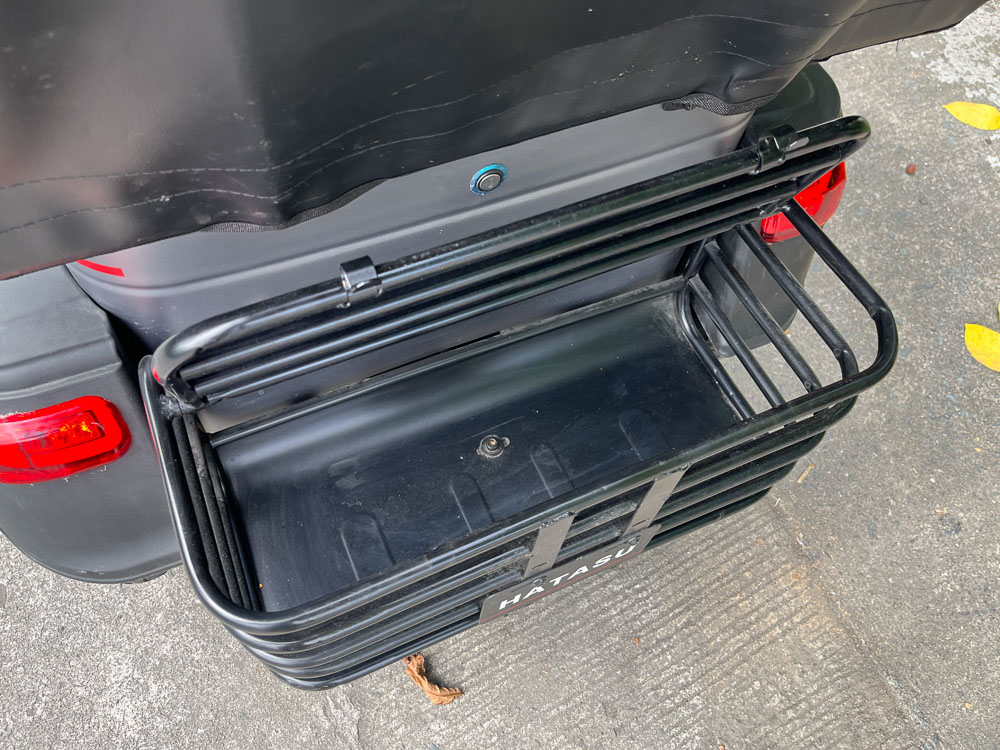
Because of these two fatal flaws, riding the Hero within my neighborhood was already challenging. Even shopping at the nearby grocery didn’t seem feasible because I didn’t trust that the brakes could handle the ramp leading to the basement parking.
If I were to try my Sunday commute to Libis, the vehicle might tip over after descending St. Martin (or Ultra). The last thing I’d want is to bump into another vehicle while going downhill because I couldn’t slow down enough (or worse, topple over and possibly harm myself or another person).
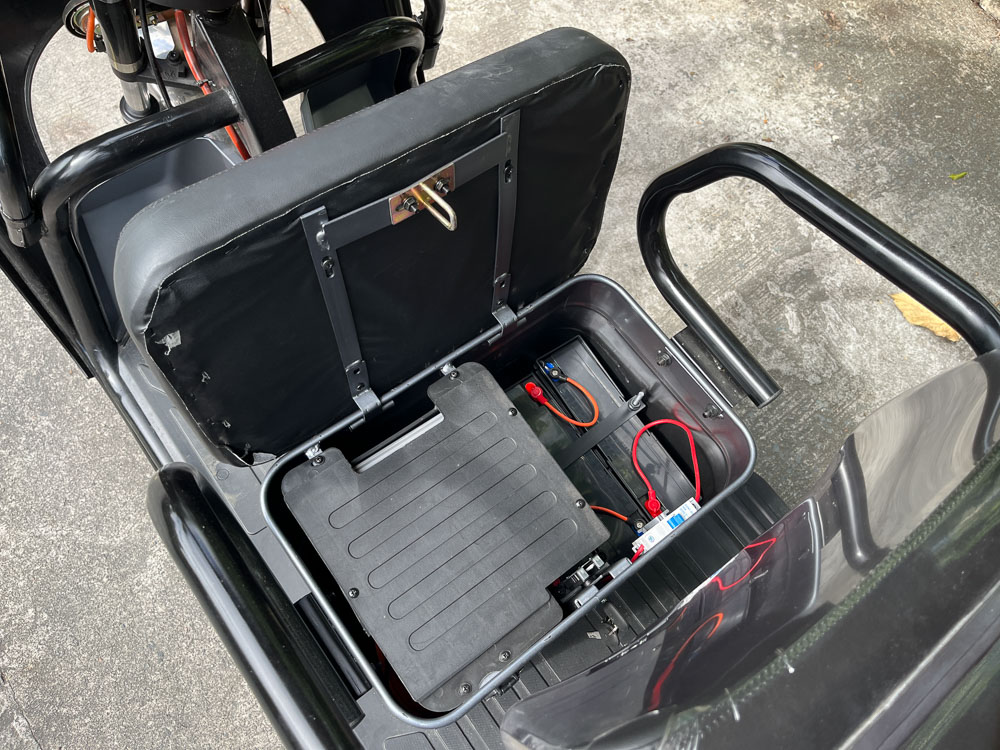
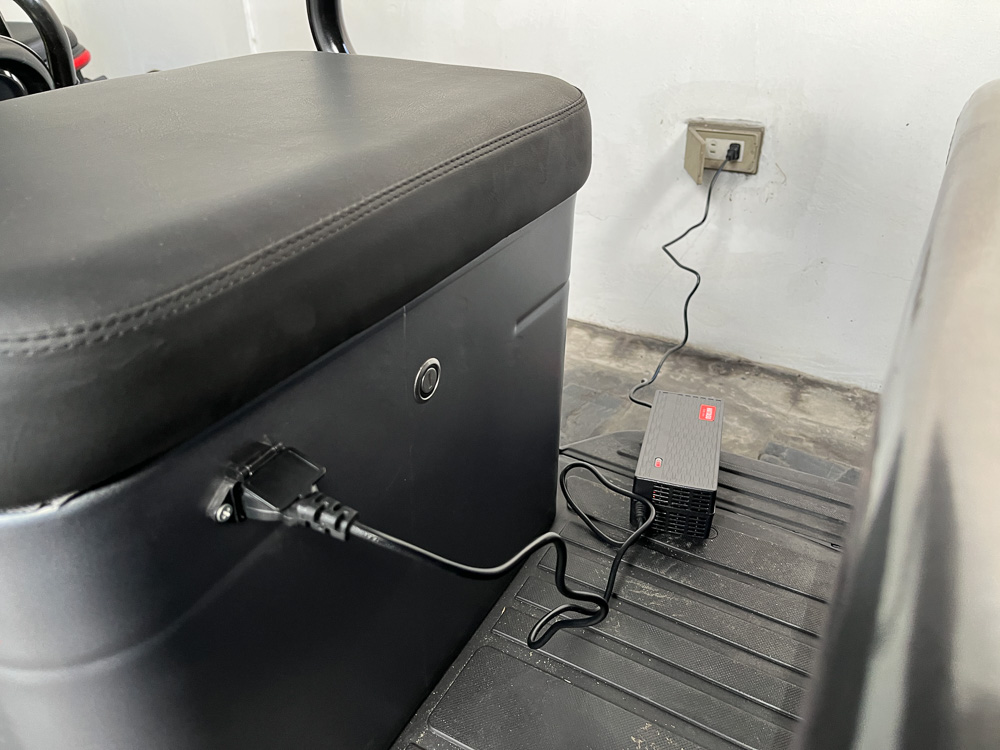
Despite the reputation of its users, electric tricycles aren’t bad, and they have the potential to be a clean and sustainable mode of transport. They don’t occupy as much space as cars, and they don’t contribute to noise and air pollution.
In the case of the Hatasu Hero, its form factor is space-efficient for a vehicle capable of moving up to three people and some cargo. And its canopy allows occupants to enjoy fresh air without being exposed to the elements.
However, the e-trike is held back by its wobbly stature and weak brakes. The lack of stopping power can easily be addressed with hydraulic brakes, but more research and rigorous testing will be needed to solve the stability issues.
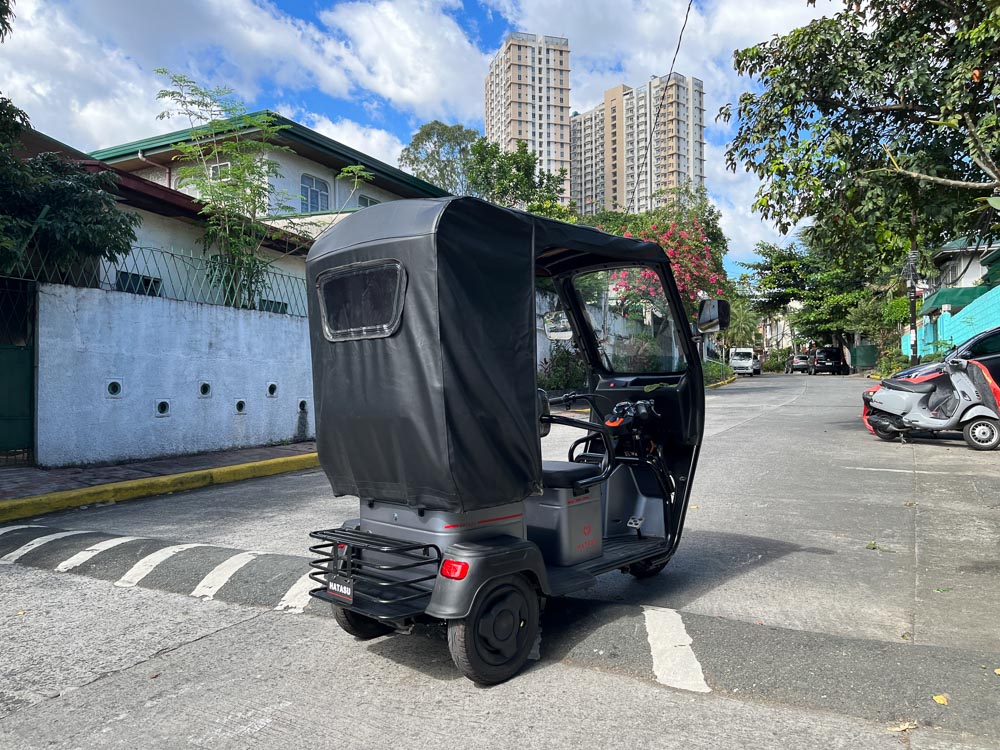
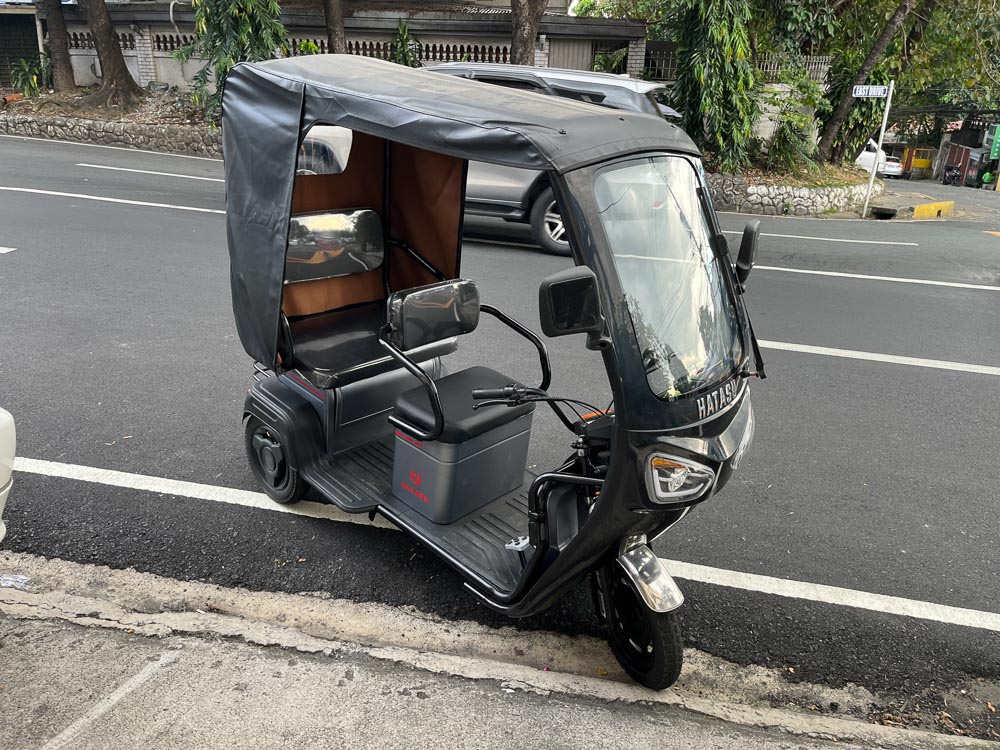
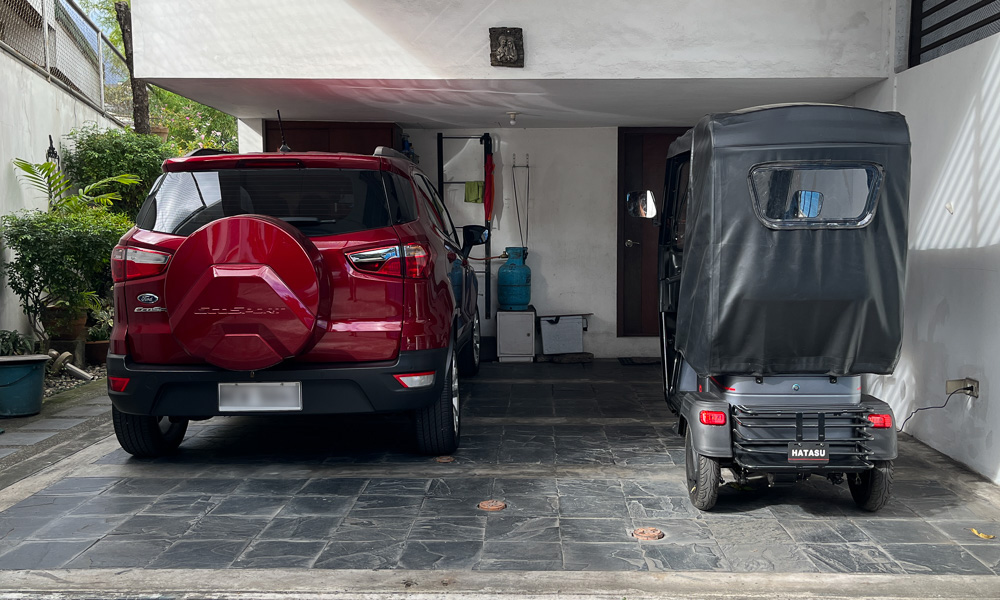
Unless you happen to be as skilled as Russ Swift driving a car on two wheels, I would not recommend the Hatasu Hero for places with hilly and bumpy terrain.
In more controlled environments such as villages, subdivisions, or resorts with smooth and flat roads, it can be a comfortable and practical ride.
However, if this electric vehicle is hindered by its physical limitations—as well as government restrictions—is it still worth the price of P64,990?

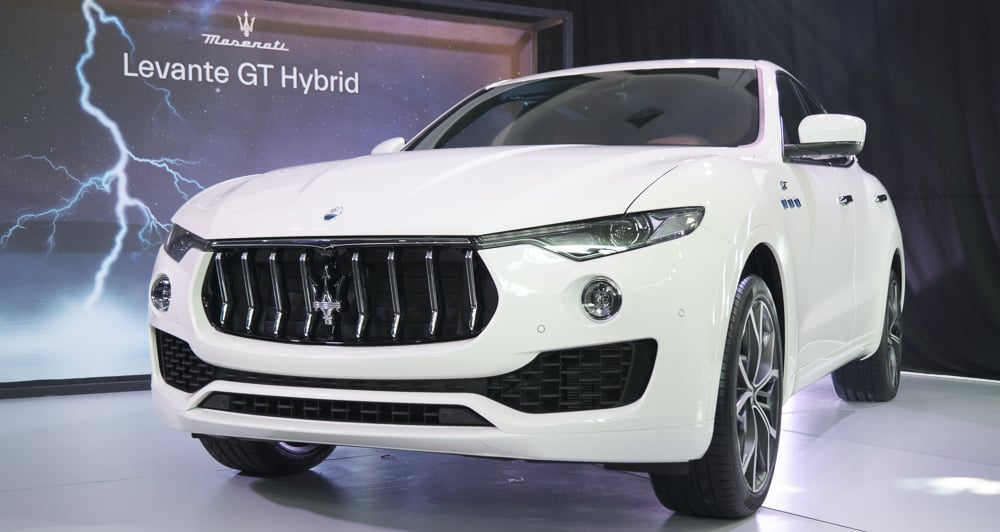
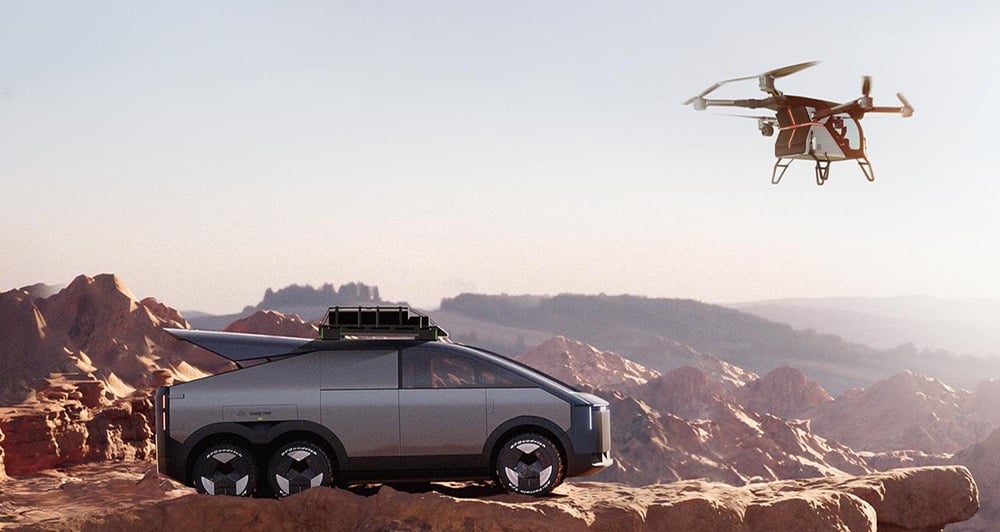
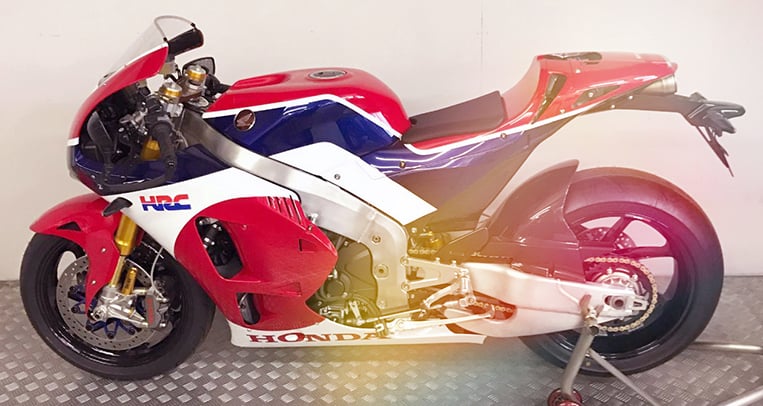


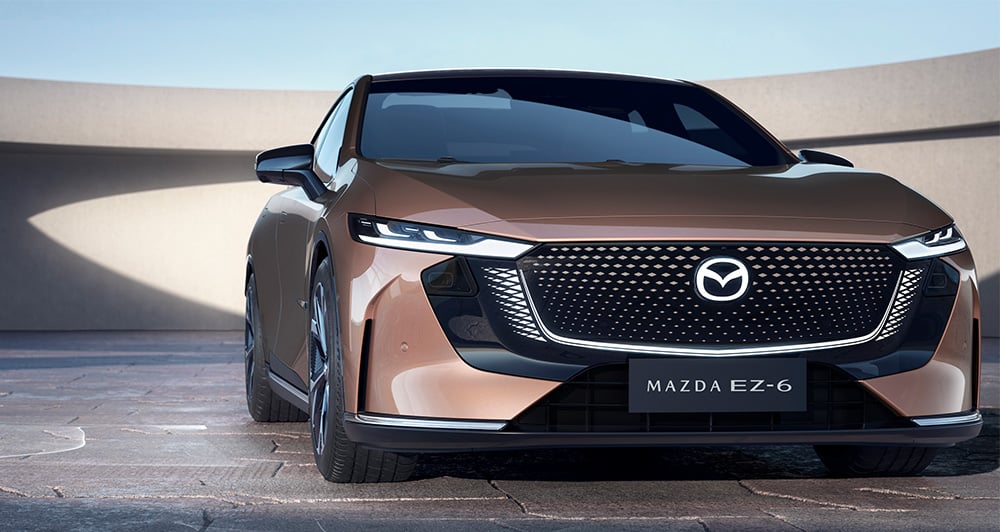

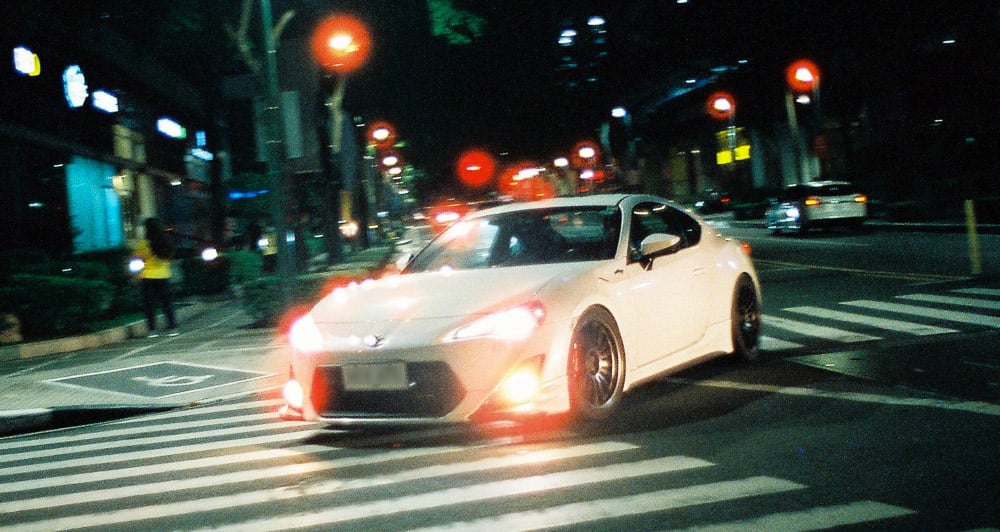
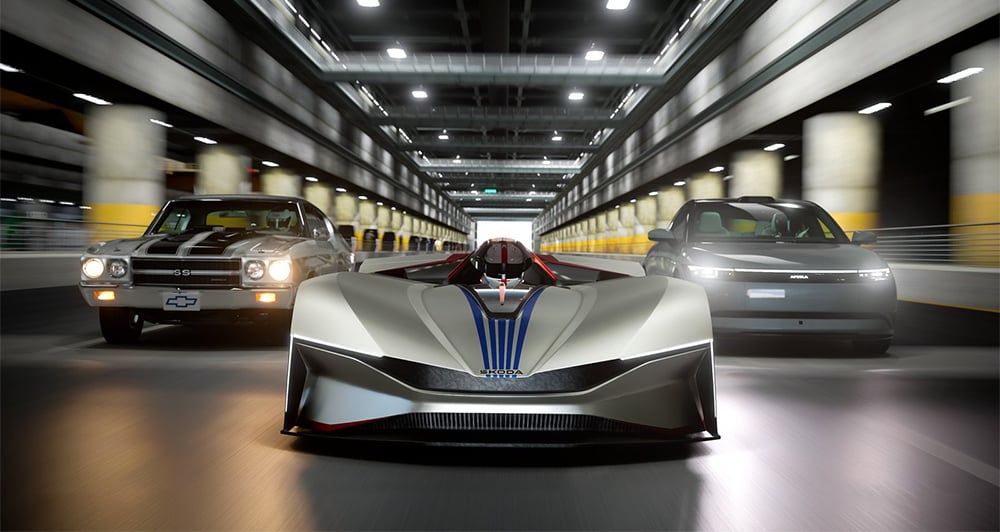
Comments